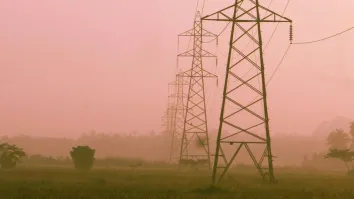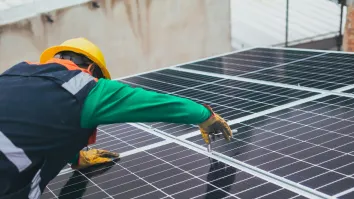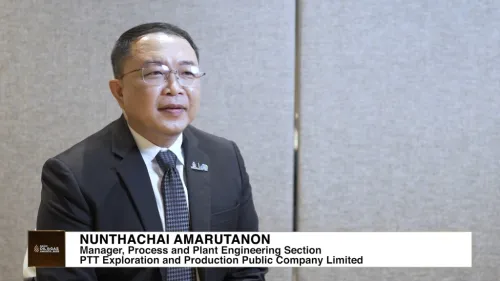Asia has Fits for every flavour!
By Agostinho Miguel GarciaThe cost of Solar energy depends on the “fuel” availability, the taxes in the country, the financing cost and it is understood in two ways: replacing other fuels or as a financial investment – similar to a long term bond with fixed interest.
On the former case the cost of the fuel – solar - to be replaced versus the cost of the new “fuel” – solar – yields a payback for the solar system. On the latter case there is mechanism that remunerates the power generated by solar (or other Renewable Energy sources) usually a special PPA (Power Purchase Agreement) or a Fit (Feed-in-Tariff) and it yields a IRR (Internal rate of Return) on the investment made.
If we look at Europe, where Fit were born and are common we have values from less than 20 euro cents (and recently law suggests 13,5 euro cents for the largest installations < 10MW and no more Fit for > 10MW) in Germany, to 22 euro cents in Portugal, no more Fit in Spain after values above 30 euro cents, 36 eurocents in Bulgaria, 37 euro cents in Greece, below 30 eurocents in Italy and 45 eurocents in Ukraine to mention a few.
As it is easy to understand the radiation in Europe is different but does it justifies these values? Clearly Germany has a low radiation compared with southern European countries, but the Fits are actually higher in the south than in the north. The reason can be explained partly by the financing costs, since northern European countries require less IRR to draw investors than southern European counterparts, but clearly some values are over rated and will lead to bad results as past lessons have shown.
If we look at Asia we see the same happening: Thailand has a bit less than 30 USD cents with an adder, Malaysia has a Fit above 30 USD cents and in the Philippines a proposed Fit above 40 USD cents. Are these areas extremely different in terms of radiation or in financing schemes? Not that explains the differences.
Clearly we have something else playing. Japan would be a good example as Germany is in Europe with a very low Fit, but that is also not the case with a Fit higher than 40 USD cents and 50 USD cents in residential sector. South Korea is also not playing along the expected with Fit above 70 USD cents. Singapore is not in favour of Fit. China tops the example with a Fit of just one yuan or around 16 USD cents. India sets the example again with its progressive reverse bidding mechanism and the lowest bid has been 7 INR, around 14 USD cents.
As an indication let us consider the effective number of hours of operation of a PV system versus its simple LCOE – Levelized Cost of Electricity - and make some considerations about the expectations of investors and cost of financing.
As it can be seen with a CAPEX price of 1,5 Million USD per installed MW (not the lowest in the market) cost vary from 3 to 10 USD cents. If we consider 3 times that value for high cost of financing and high risk markets we get 9 to 30 USD cents. (Some diesel generators operate less than one hour per day in many countries, so do not be shocked with 2 hours of operation for a PV system!).
To be able to understand the relation with the available Solar Irradiation and as thumb rule consider 20% more and you have the figure in KWh/m2: ex: 4 hours can be harnessed from 4,8 KWh/m2 (this value may not be the GHI (Global Horizontal Irradiation) but the value at latitude mounting).
With a CAPEX of 2 million USD per installed MW we have costs of 4 to 14 USD cents which under the scenario mentioned above gives 12 to 42 USD cents and in the case of 2,5 million USD per MW we have 5 to 17 USD cents of cost and 15 to 51 USD cents for a potential Fit under a risky market scenario.
The values for EPC costs in Germany are below the 2 million USD per MW which means that 2 million USD is a good benchmark and under that in a low risk market 8 to 28 USD cents for Fits should be the right ones. Clearly the expensive case can be applied to residential and smaller scale systems where the Fit may be slightly higher.
The values of Japan and Korea are not understandable; Thailand should review the tariffs as well as Malaysia and the Philippines needs to decrease the values as well; China is clearly on a different playing field where the initial costs are even lower than the ones considered here and the IRR is low regarding the expected risk remuneration.
India’s example should be followed throughout Asia – China is also doing it – Reverse bidding. A certain amount of power is committed and Fits are granted based on reverse bidding. Lessons learned from India at this stage: evaluate the requirements for power evacuation and its costs to mitigate overburden to particular states or regions in terms of upgrading of existing power evacuation infrastructures.
It is important that Asia learns from the mistakes of Europe and avoid taking advantage of the current costs. The added value is to take advantage of the more than 10 years of experience in the sector and use it in Asia to benefit the populations from affordable solar energy.




















 Advertise
Advertise








